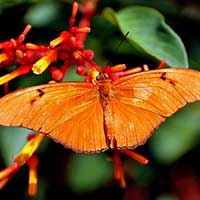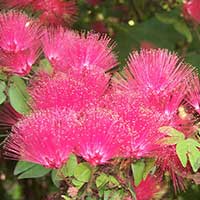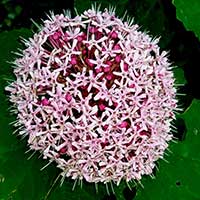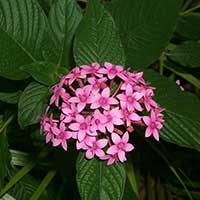
Butterflies in the Garden
-lg.jpg)
One of the most noticeable and welcomed visitors to our gardens is the butterfly. This is a creature that we enjoy for its ephemeral beauty and gentle disposition.
One of the most noticeable and welcomed visitors to our gardens is the butterfly. This is a creature that we enjoy for its ephemeral beauty and gentle disposition. Time spent contemplating a garden while these winged creatures are going from flower to colorful flower is time spent slowing down and rejuvenating our stressed spirits. How does such a delicate animal survive in a world of fragmented habitats and harmful man-made chemicals? Where does this traveler come from and where does it go with its fluttering and seemingly random flight?
A farmer or a horticulturist might view butterflies as merely another insect pest that needs to be controlled for aesthetic or cultural reasons. Indeed, Lepidopterans (butterflies and their allies the moths and skippers) cause a tremendous amount of damage to agricultural, horticultural, and silvicultural (forest cultivation) crops each year. The larvae of these insects are veritable eating machines. When infestations of Gypsy moths (Lymantria dispar) occur over a period of several years, large portions of temperate forests can be wiped out. Fortunately, not all Lepidopterans cause damage to our economic crops.
The majority of butterflies spend their larval cycles on native plants that we hardly even notice. Some are extreme specialists, like the larval Atala Hairstreak (Eumaeus atala florida) that only eats Zamia sp. (a primitive plant in the Cycad family). Another extremist that doesn't even use plants is the Sloth moth, a Pyralid moth that lives in the fur of Sloths and lays its eggs in the dung of these arboreal animals. Each butterfly comes with it's own unique lifestyle and natural history. To learn about butterflies or to create a garden to attract them is a fascinating study in animal-plant relationships.
The use of native plants should always be considered when designing a garden to attract and sustain butterflies. Native plants are usually more adaptable to the local climate and soil conditions. Here in south Florida, some of the most common wildflowers are the best butterfly plants. These plants, most of which are considered weeds, have coevolved with butterflies over tens of thousands of years to establish a well balanced and mutual relationship that benefits both organisms. Many of these wildflowers not only offer nectar for them to drink, their foliage becomes a source of food for the larvae as well. The benefit to the plant is the pollination service that the butterfly performs while drinking the nectar. As the butterfly moves from flower to flower and plant to plant, pollen is also inadvertently moved and deposited with each floral visit. This ensures the production of fruit which contain the seeds of the next generation of wildflowers.
One of the more notable features of the native south Florida landscape is the general lack of color, compared to some of the more exotic tropical plant landscapes. A butterfly garden can be created to contain a combination of native and exotic plants; this presents a core of hardy reliable plants (the natives), and the exotics allow the addition of unusual color and shapes that add an aesthetic perspective not found in native plant designs.


-lg.jpg)




 About Tropical Animals
About Tropical Animals Butterflies in the Garden
Butterflies in the Garden American Blue Land Crab
American Blue Land Crab